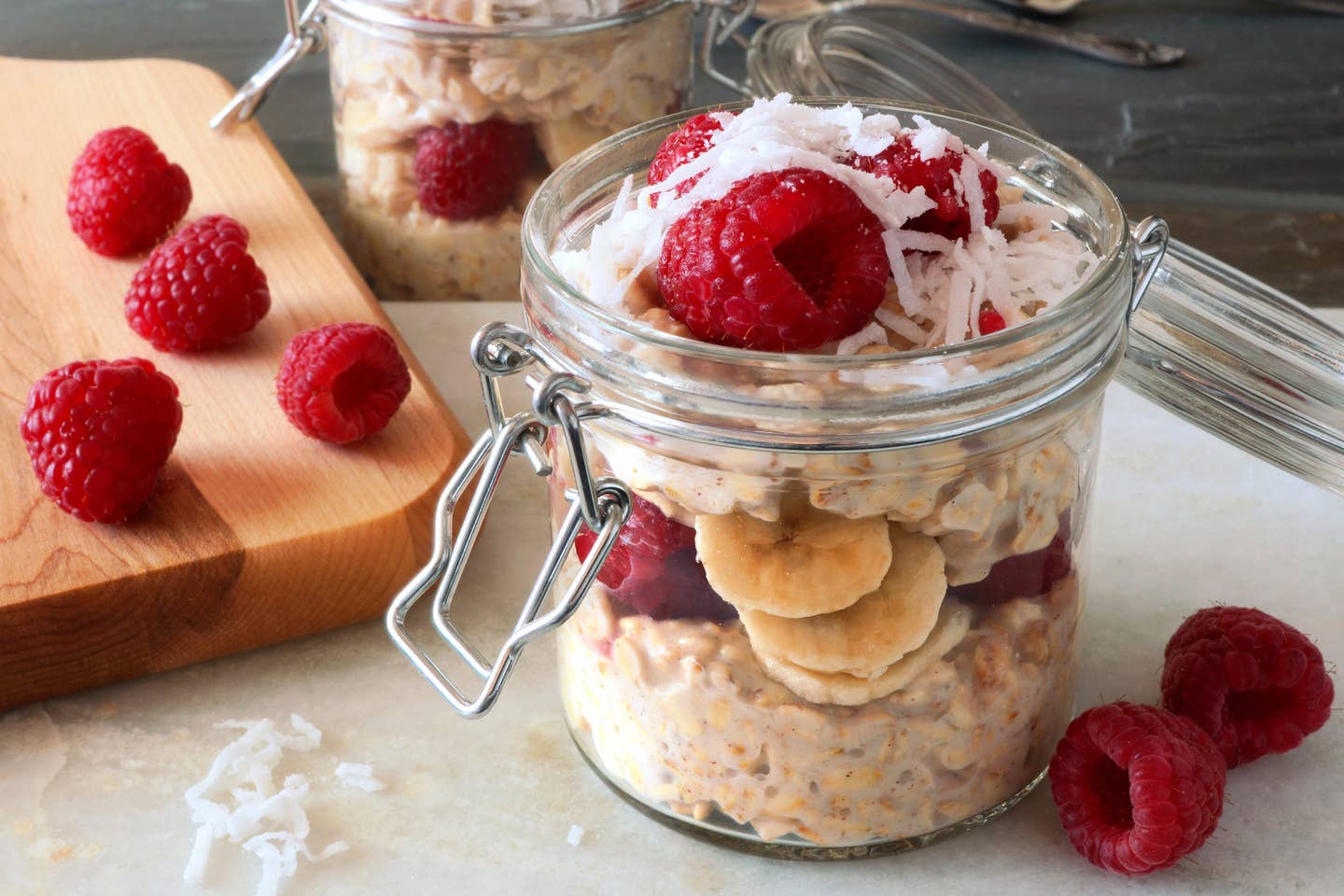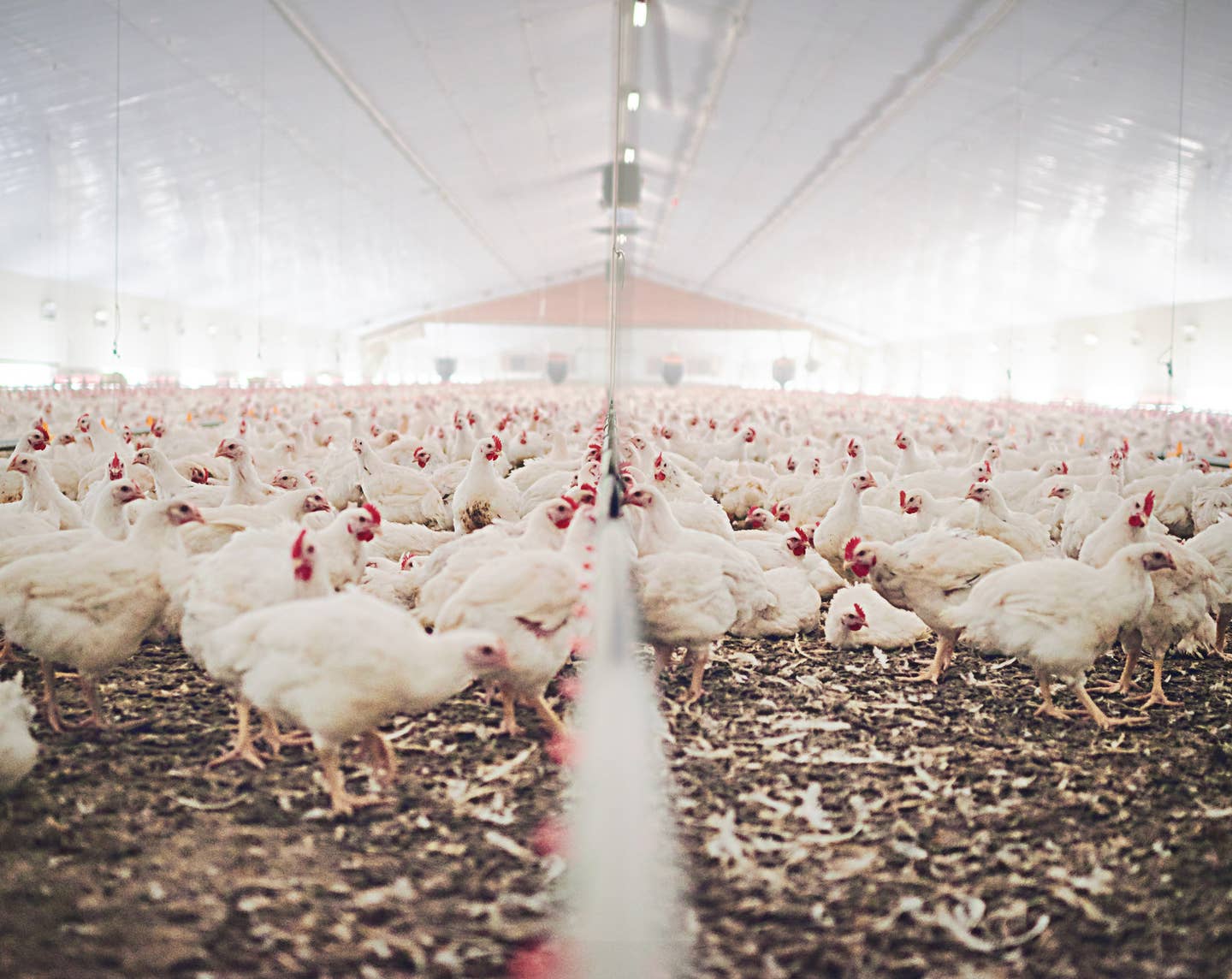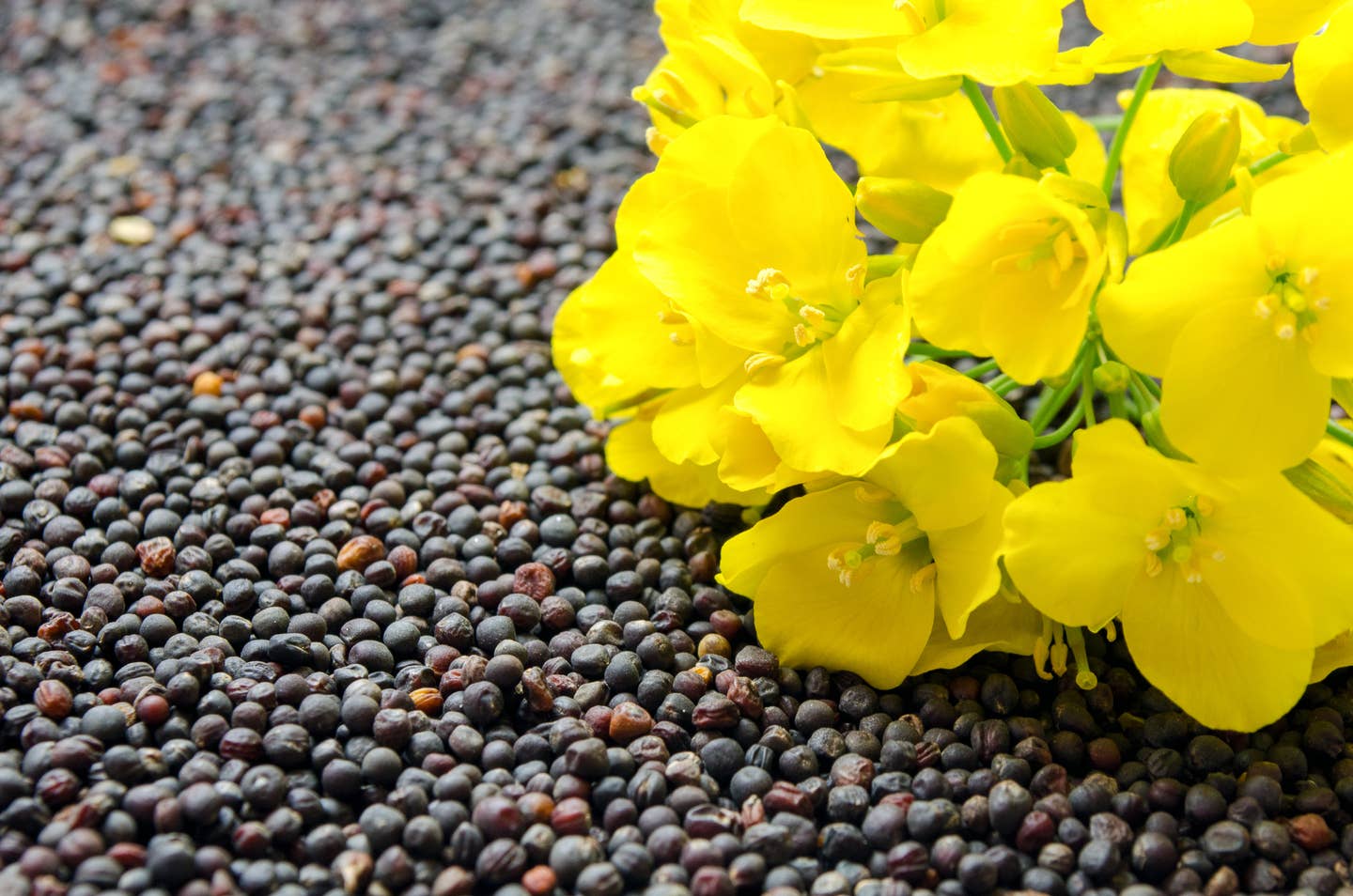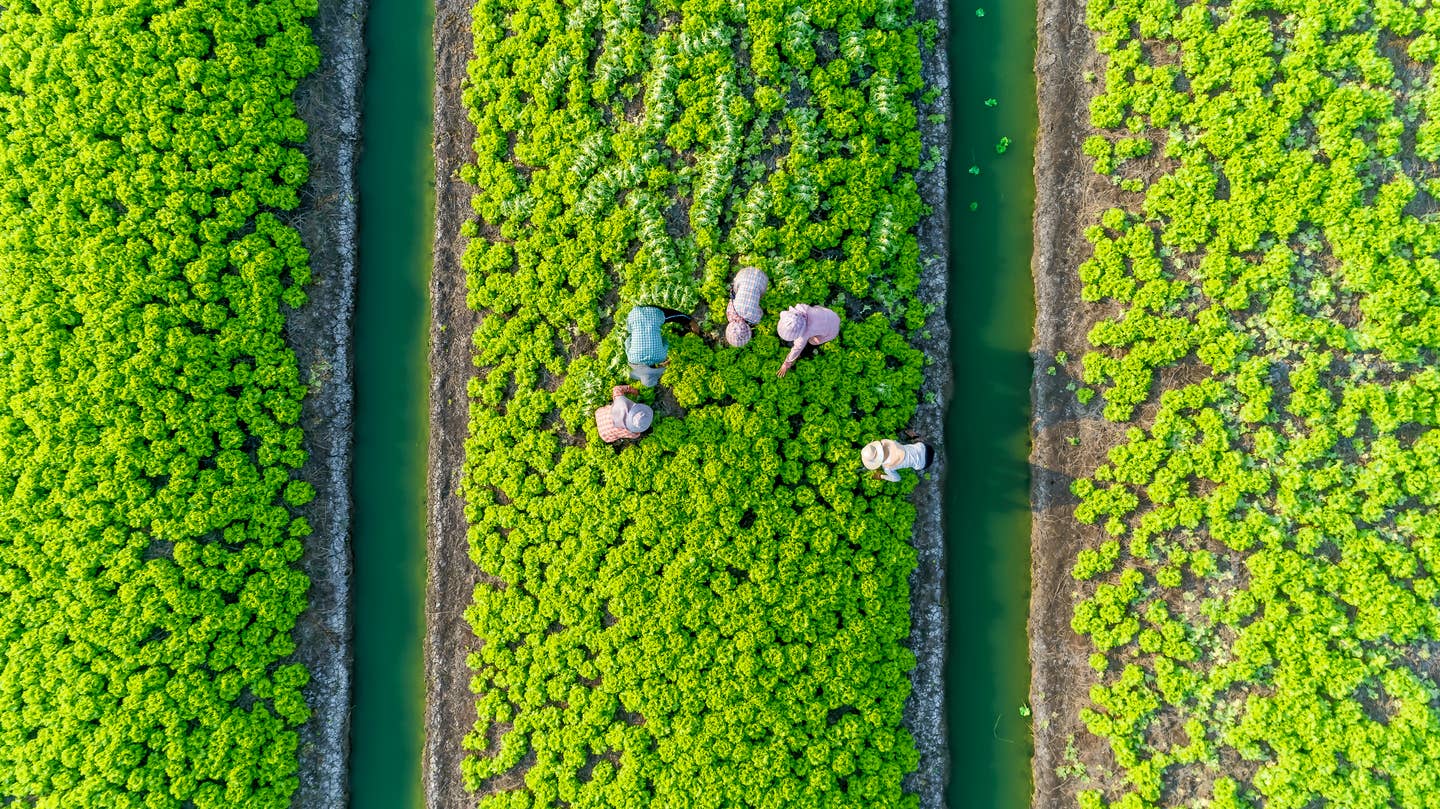
The Best and Worst Whole Grains for the Environment, Ranked
A diet of largely plant-based foods is optimal not only for human health but also for the fact that plants have a far lesser negative impact on our environment compared to animal farming, especially the greenhouse gases emitted during the raising of animals for meat and dairy. In looking to a future where our food systems as we know it will become obsolete, scientists are seeking new alternative ways of eating that allow humans to get their full spectrum of nutrients, without causing irreparable harm to the planet.
That's where a new report published in The Lancet comes in. Researchers looked at the comparative greenhouse gas emissions of raising plant-based foods and ranked the best and least good whole grains from the perspective of their impact on the planet and water systems.
The new report published in The Lancet found that not all plant-based foods are equally environmentally friendly. And while plant-based diets in general are a great way to reduce your personal carbon emissions, some whole grains are most earth friendly than others.
First let's establish one thing: meat production has been found to cause multitudes of higher greenhouse gas emissions than growing plant-based proteins like soy or peas.
A recent study by researchers at the University of Michigan and Oxford University found that in general, the healthiest plant-based diet has a significantly lower environmental impact than a meat and dairy filled diet. So if your goal is to help fulfill national and regional sustainability targets and lower your risk of chronic lifestyle diseases such as heart disease, cancer and type 2 diabetes, skip the meat and dairy and focus on plant-based proteins instead.
Whole Grains for Fiber, Protein and Sustainability
One category of food at the forefront of sustainability is whole grains. As part of a plant-based diet, grains like oats, barley, brown rice, rye, bulgar and sorghum as not only great fuel sources but also high in protein and fiber.
Grains high in protein include cornmeal, quinoa, whole-wheat pasta, wild rice, couscous, oatmeal, and buckwheat. One cup of cooked whole grains provides between 6 and 20 percent of your DV for protein. A cup of oatmeal delivers 7 grams of protein and 4 grams of fiber, making it a great start to a healthy plant-based day.
When it comes to reducing the overall carbon footprint of your food, know that whole grains are key to sustenance. Specifically, whole grains require the least amount of water to grow compared to fruits and vegetables, nuts and seeds, according to another study published in Ecosystems.
Moreover, grains are extremely easy to transport and have a longer shelf life, making them an economical staple in our future food system. When measuring which grains are the most sustainable (with lowest carbon emissions required) and least amount of water required in the growing, certain grains rise to the top of the list.
According to the commission that produced the Lancet report, both Earth's environmental ecosystem and human biology are complex systems, so instead of giving hard-and-fast rules of what is acceptable in terms of harming the planet, they created boundaries, outside of which the harm to the planet it too harmful to sustain our future food systems. They wrote:
"The Earth system and human biology are complex adaptive systems, characterized by interactions and feedback loops. All scientific targets for a safe operating space for healthy diets and sustainable food production are therefore associated with uncertainty. By applying a precautionary and risk perspective, boundaries are placed at the lower end of the scientific uncertainty range, establishing, with a high likelihood, a safe space in which food systems can operate.
Whole Grains Ranked for Environmental Impact from Least Sustainable to Most
Brown Rice
Brown rice is simply rice that is not yet milled and processed, as white rice is, so it still has its bran and germ layers. However, rice production overall presents challenges for environmental sustainability since the cultivation of rice crops requires a vast amount of land and drenching amounts of water.
When rice paddies are flooded, the microbes in the crop produce methane –– a greenhouse gas that impacts the earth’s temperature and climate system. Studies have shown that certain farming practices and the reduction of flood risks can make rice production better for the planet.
Whole Wheat
Whole wheat is known to be a versatile and cheap whole grain due to the wide availability of whole wheat options, from bread to pasta. It is different from white wheat since like brown rice, it contains both the germ and bran of wheat berries, not just the endosperm
And while it’s more nutritious and fiber-filled, whole wheat isn’t the most sustainable whole grain. Inorganic fertilizers and pesticides used in growing whole wheat are known to emit greenhouse gases, according to a report published in Nature. Wheat, along with rice, is one of the most water-intensive crops.
Rye
Rye is a secret superstar when it comes to choosing an eco-friendly yet nutritious whole grain. Specifically, rye crops can tolerate different weather and climates, and are known to survive frosty winters. Rye also emits a chemical into the soil that works to suppress weeds, and some farmers use rye as a cover crop to keep soil in place during winter months. When rye crops grow, they isolate carbon and fix nitrogen, which means it helps reverse depleted soil.
Evidence from UC Davis shows that rye crops can outlive other whole grains on dry, sandy, or infertile soils due to its extensive, powerful and deep root system. So next time you’re at the sandwich shop, opt for rye bread that’s good for you and local growers and the planet.
Oats
Oats have become increasingly popular as a crop for famers in recent years as consumers increasingly make the switch from dairy milk to oat milk. Growing oats is a relatively low impact crop, and beneficial to the environment.
Oats are farmed through crop rotations, which halts or improves soil erosion. As for the water required, oats need significantly less water to grow than most other grains, since their fibrous roots retain water from the rain.
Sorghum
Sorghum is not only a nutritional powerhouse but also a game-changer when it comes to sustainability. Also known as great millet, this crop is resilient in most weather conditions and can survive with very little water. Sorghum is also one of the most efficient crops at pulling carbon out of the air and delivering it back to the soil, so it essentially vacuums up the greenhouse gases and removes it from our atmosphere.
In the US, sorghum pasta and flour is just beginning to show up on store shelves. But across the globe it is highly popular, and the UN estimates that more than 90 million people living in Africa and Asia rely on millet as a diet staple, since it is both nutritious and economical to grow. A recent study supports that millet could be one "hero crop" in the goal of achieving the United Nations’ sustainable development targets, due to their high nutrient content and climate resilience properties.
Bottom Line: Choose Whole Grains for Sustainability
Whole grains are filled with fiber, protein and other nutrients, making them a healthy staple for your diet, but more than that, they are environmentally friendly foods that require less greenhouse gases to grow than meat and dairy. Incorporate a variety of whole grains in your meals, such as oatmeal, rye bread or sorghum pasta. When it comes to eco-friendly grains, opt for those that are certified organic as little or no pesticides were used in growing them.
For more expert advice, visit The Beet's Health & Nutrition articles.
More From The Beet






